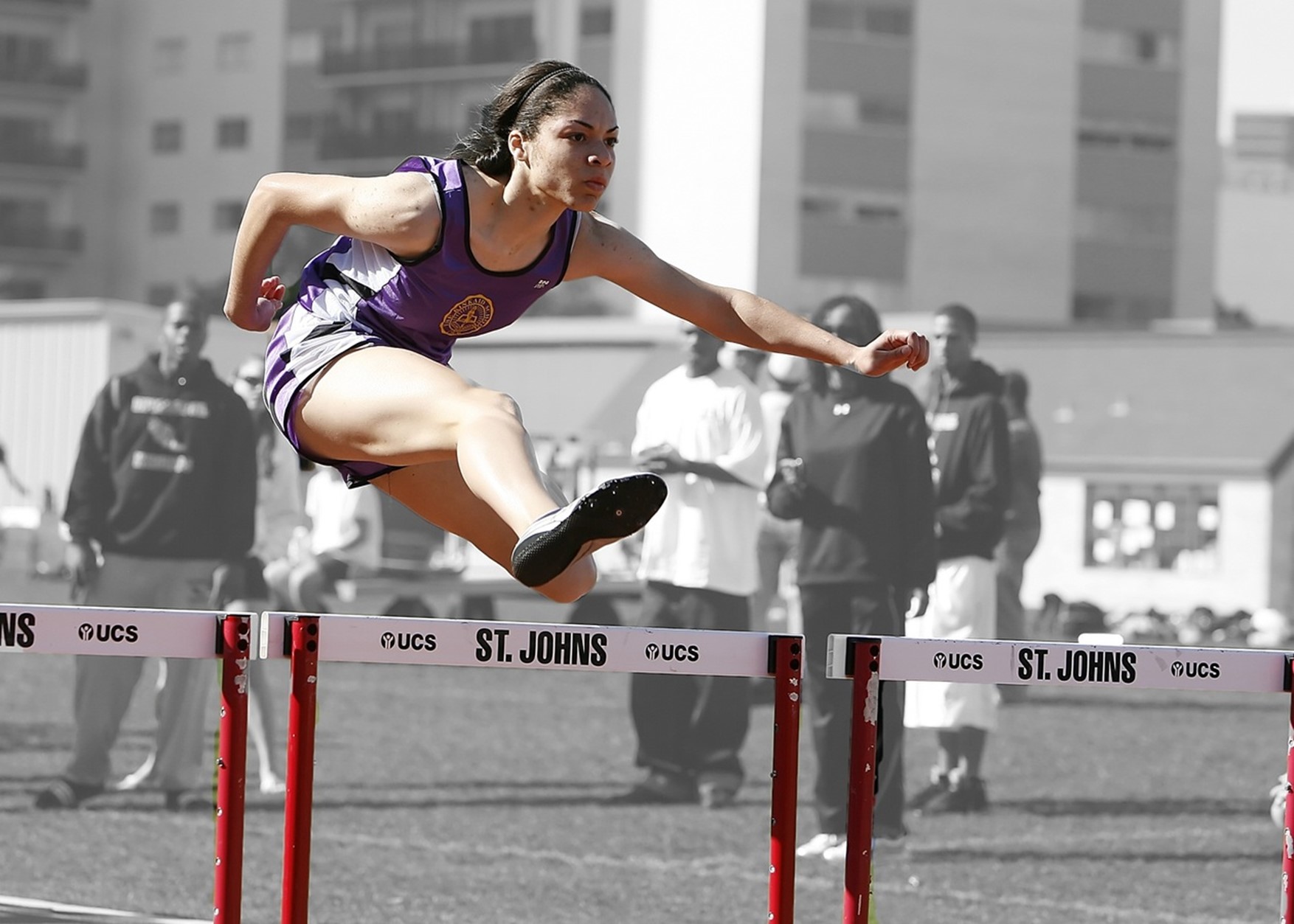We admire natural talent. We like performance that looks effortless. But we often overlook the hard work behind success. In one study, people preferred business plans from entrepreneurs who were described as “naturals” (they were always good at business) over “strivers” (they learned by experience). This preference occurred although both entrepreneurs had the same skills and the proposals were the same! The same goes for musicians; a “natural” pianist was favored over a “striver,” although it was the same person.
This “naturalness” bias is so strong that strivers need higher qualifications to be seen as equal to naturals. Striver entrepreneurs needed four more years of leadership experience, 30 more IQ points, or $40,000 more funding to match naturals.
Truth is that top performers work hard. They’ve evaluated more business plans, played more scales, sunk more layups, or painted more canvases than the rest of us. They’ve honed their skills through intentional learning. They’ve cultivated a growth mindset. They’ve kept going long enough to master their skills and outlast the rest of us. It’s just not sexy to admit it.
Practice doesn’t always make perfect
There is no guarantee that practice will turn your garage band into the next Beatles. Factors like age, talent, and genetics play a role. The 10,000-hour rule popularized by Malcolm Gladwell has been debunked.
What’s needed are structured activities designed specifically to improve performance. For example, a sales manager might use role-playing to sharpen her team’s skills.
Support from others can also keep us going and stretch beyond our current abilities. Such “social scaffolding” can come from coaches, mentors, teachers, peers, or other role models. Or from yourself. One of the best ways to increase your performance is to tutor others in the skill you want to improve.
Put it into practice
Structure your practice. Set small goals every time you perform. For example, a salesperson who wants to improve her communication skills might set a goal of explaining the value proposition in one sentence. This is better than just making more calls.
Design deliberate play. Turn learning goals into fun games. You can design games for yourself or for groups. For example, a great way to stimulate creativity and innovation is to play the “yes, and” game with your team.
Build a learning scaffold. Teaching is an excellent way to learn (you are one step ahead of the learners). What topics or skills do you want to develop? Find opportunities to teach others those same topics or skills.
Seek guidance from several people. Look for people who have recently accomplished what you are trying to achieve. They may be better able to explain how they got there than lifelong experts.
References
Gladwell, M. (2008). Outliers: The Story of Success. Little, Brown.
Grant, A. (2023). Hidden Potential: The Science of Achieving Greater Things. Viking.
Macnamara, B. N., Hambrick, D. Z., & Oswald, F. L. (2014). Deliberate practice and performance in music, games, sports, education, and professions: A meta-analysis.
McKinsey & Company. (2021, April 19). How to put intentional learning into practice: 3X3X3.
Tsay, C.-J. (2016). Privileging Naturals over Strivers: The Costs of the Naturalness Bias. Personality and Social Psychology Bulletin, 42(1), 40–53.
Tsay, C.-J., & Banaji, M. R. (2011). Naturals and Strivers: Preferences and Beliefs about Sources of Achievement. Journal of Experimental Social Psychology, 47(2), 460–465.
Photo CC0, Pxhere



